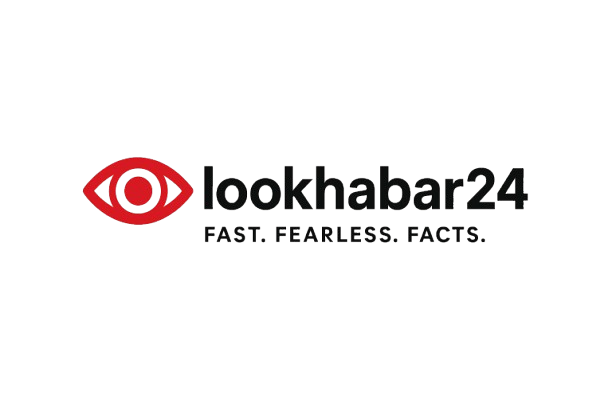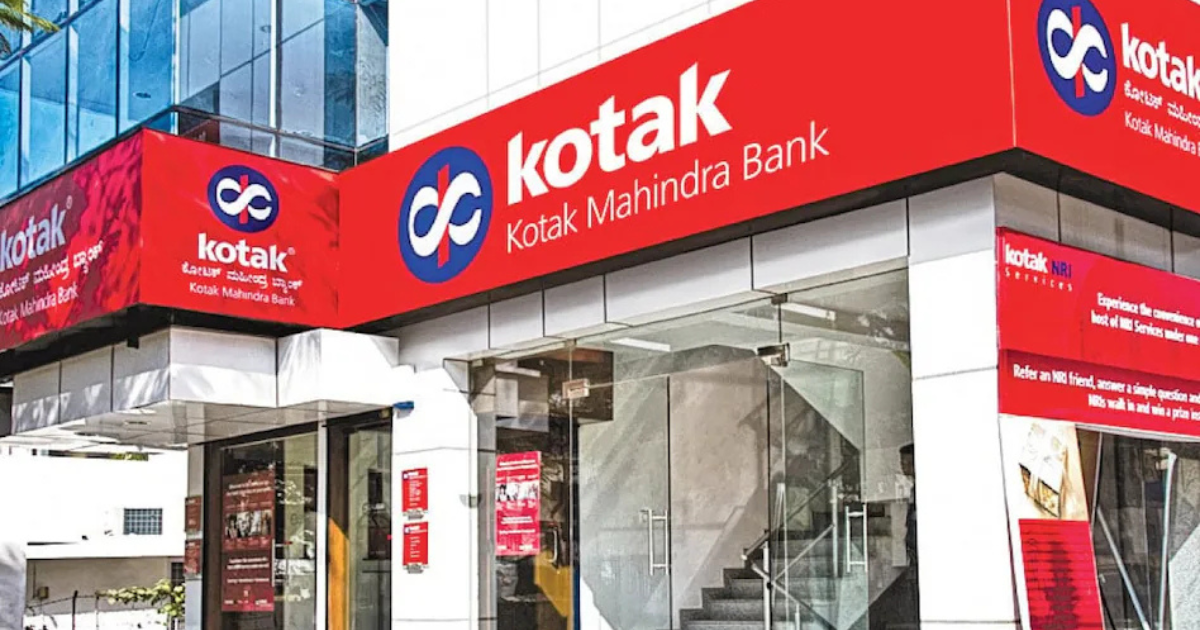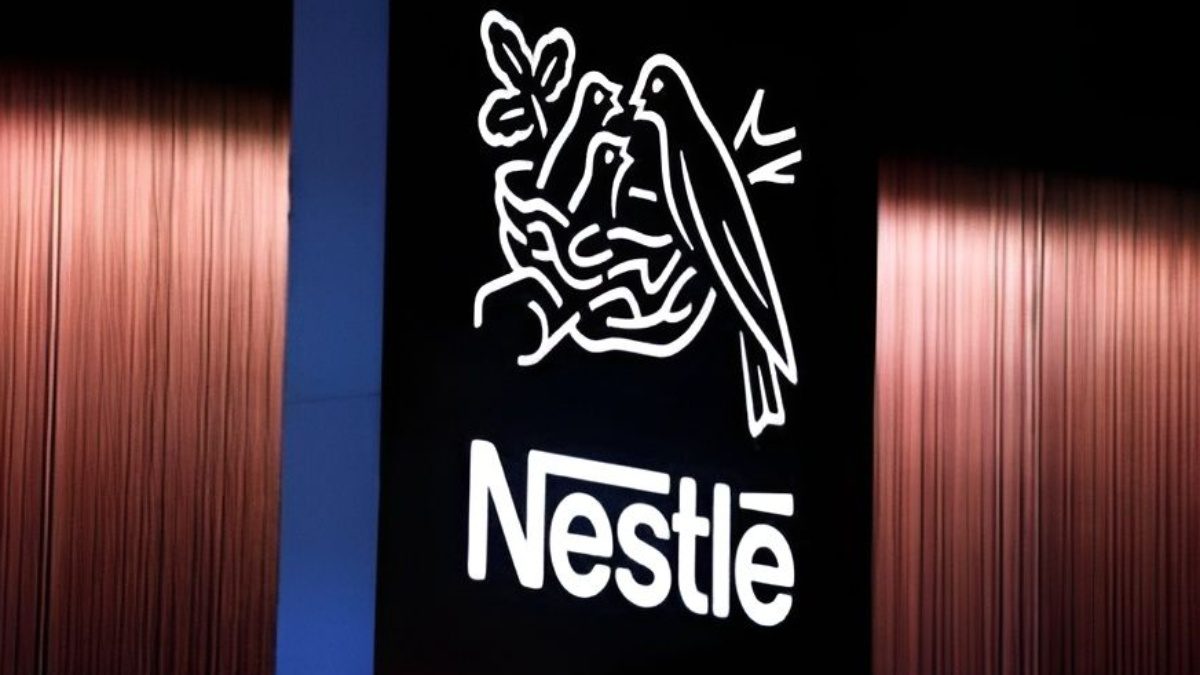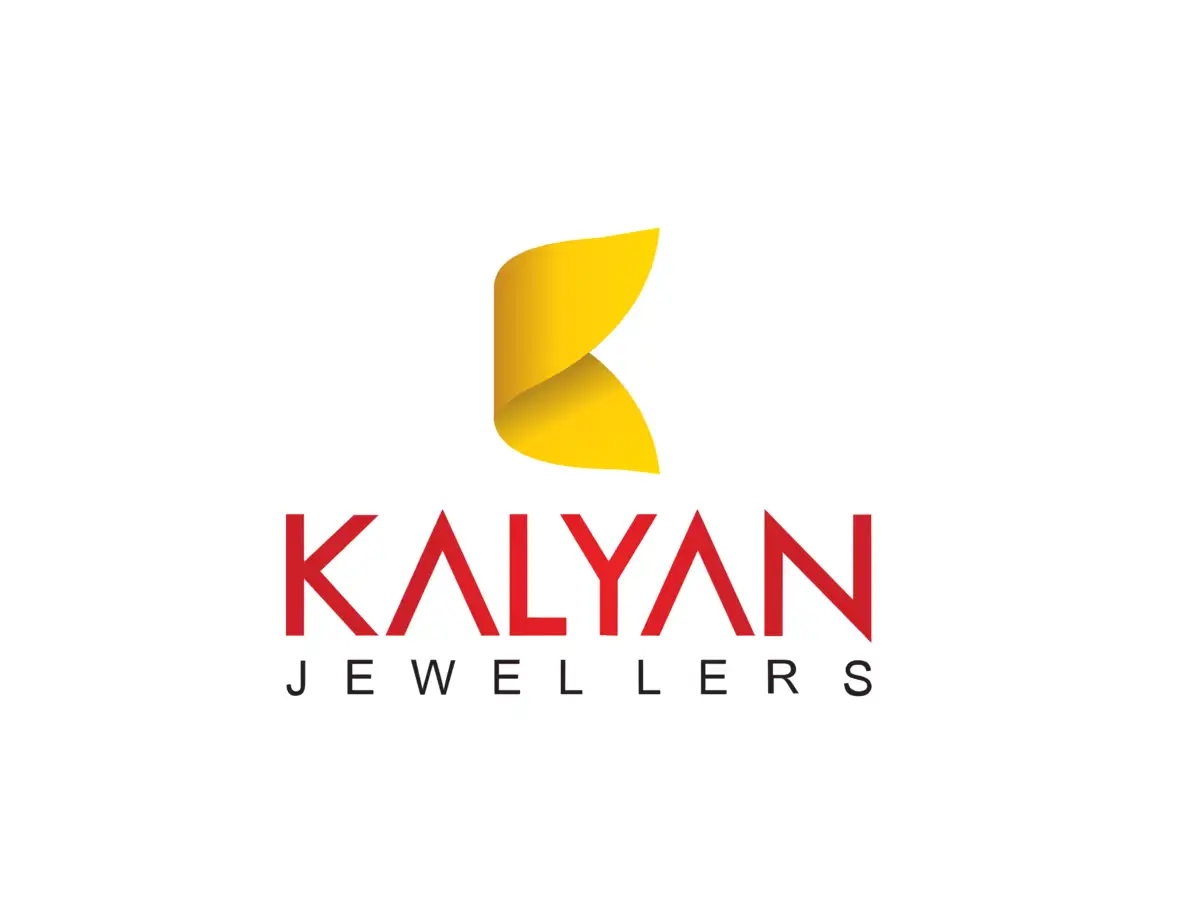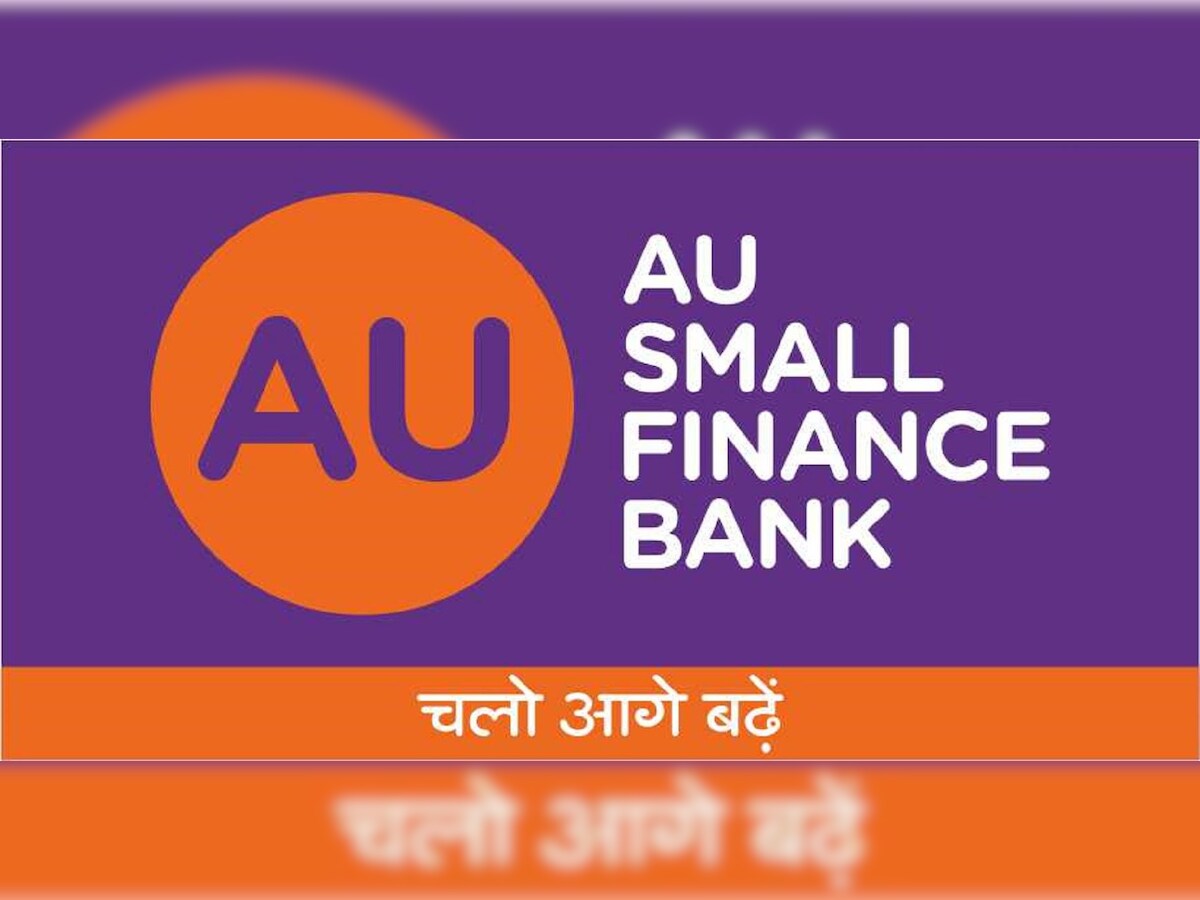Kotak Mahindra Bank’s Q1 FY26 net profit fell 7% YoY to ₹3,282 crore—hit by a surge in provisions (109%) and NIM contraction to 4.65%. Learn about asset quality trends, deposit and loan growth, subsidiary performance, and analysts’ outlook.
📉 Q1 FY26 at a Glance
- Standalone PAT: ₹3,282 crore, down ~7% YoY from ₹3,520 crore in Q1 FY25 (turn0search4).
- Adjusted PAT (incl. last year’s one-time KGI gain): ₹6,250 crore in Q1 FY25, giving perspective on decline magnitude.
- Net Interest Income (NII): ₹7,259 crore (+6% YoY); Net Interest Margin (NIM): 4.65% vs 5.02% YoY — reflecting margin compression.(turn0search0, turn0search5)
🔧 Key Financial Metrics
| Metric | Q1 FY26 Value |
|---|---|
| Provisions & Contingencies | ₹1,208 crore (+109% YoY) |
| Advances Growth | 14% YoY (to ₹4.45 lakh crore) |
| Deposit Growth | 13% YoY (average ₹4.92 lakh crore) |
| CASA Ratio | Fell to 40.9% from 43.4% |
| Cost-to-Income Ratio | ~46.2% |
| Gross NPA / Net NPA | 1.48% / 0.34% |
| ROE (Annualized) | ~10.94% |
| CAR / CET‑1 Ratio | 23% / 22.4% |
The elevated provisions and metrics like high cost ratio and shrinking CASA ratio underline the headwinds faced this quarter.(turn0search4, turn0news17, turn0search6)

📊 Why the PAT Decline Despite Growth
- Loan Book Expansion Comes with Credit Costs
Advances grew 14% YoY—primarily retail lending—but credit costs rose sharply, with provisions more than doubling to ₹1,208 crore—putting pressure on margins.(turn0search4, turn0news16) - Margin Squeeze Post RBI Rate Cuts
NIM dropped from 5.02% to 4.65%, driven by faster rate transmission to borrowers than depositors—typical of the current RBI policy cycle.(turn0news16, turn0search14) - CASA Mix Shift
CASA ratio fell from 43.4% to 40.9%, indicating rising dependency on term deposits—costlier funding, affecting profitability.(turn0search0)
💼 Subsidiary Performance – A Silver Lining
- Group PAT (Consolidated): ₹4,472 crore (+1% YoY), including Kotak Asset Management, Kotak Securities, Prime, and Life Insurance.
- Kotak AMC: PAT surged 86% YoY to ₹326 crore; AUM rose to ₹3.33 lakh crore.
- Kotak Securities: PAT up 16% to ₹465 crore; 12.8% market share overall.
- Life Insurance: PAT up 88% to ₹327 crore; solvency ratio stands at 2.40x. (turn0search4, turn0search3)
These subsidiaries helped cushion the consolidated performance even as the main bank segment underperformed.
🧠 Analyst Reactions & Market Sentiment
- Analysts projected a sharper ~26% PAT decline prior to results, so a 7% dip was seen as better-than-feared.(turn0search7)
- SEBI-registered analysts note strong deposit and credit growth, and upgraded core digital capabilities as potential upsides. Medium-term technical outlook hints at breakout momentum.(turn0search12)
🙋 FAQs
Q1: Why did Kotak’s profit fall despite loan and deposit growth?
Rising provisions (up 109%) and margin compression (NIM down to 4.65%) ate into profitability despite healthy business growth.(turn0news16, turn0search4)
Q2: What caused margin squeeze?
Rapid RBI rate cuts forced the bank to reduce lending rates faster than deposit rates, shrinking NIM.(turn0search14, turn0news16)
Q3: Are asset quality and credit costs a concern?
GNPA rose marginally from 1.39% to 1.48%; NNPA remained stable at 0.34%. Provision coverage of 77% is adequate. Credit cost spike suggests cautious optimism is needed.(turn0search4)
Q4: Is the bank still growing overall?
Yes—the consolidated PAT dipped only ~1%. Subsidiaries like AMC and Insurance grew strongly, offsetting banking segment weakness.(turn0search4, turn0search3)
✅ Final Verdict
Kotak Mahindra Bank’s Q1 results reflect the challenging environment: sharp rise in provisions and margin pressure have offset solid deposit and loan growth. While standalone profit dipped 7%, the overall group performance remained resilient thanks to thriving subsidiaries. For long-term investors, the bank’s strong capital adequacy, tech momentum (811, digital banking), and diversified earnings base are positive markers—though near-term performance hinges on margin recovery and credit discipline.
⚠️ Disclaimer
This blog is for informational purposes only—not financial advice. Please consult a SEBI‑registered financial advisor before making any investment decisions.
